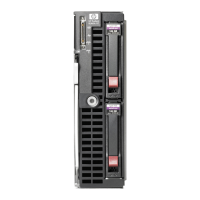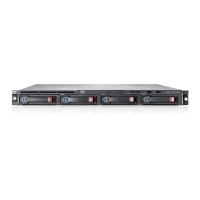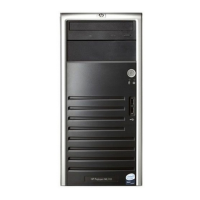6
Guidelines for Racking Systems
2
The vertical mounting columns have a slot feature to help position and
secure support rails. This makes installation of rails easier as they do not
have to be held in position when they are bolted to a vertical column. It also
ensures that rails can only be located in proper EIA unit increments.
Straight-through mounting holes are provided on vertical columns for use in
conjunction with sheet metal nuts. Either standard or metric mounting
hardware can be used.
Guidelines for Racking Systems
These guidelines should be considered when racking systems. Following
these guidelines will allow for the safest and most thermally-efficient
configurations possible.
DTC Racking Order DTC units should be racked from the top of the system rack. This racking
order allows the distribution panels to be racked at the bottom. When cables
are attached to the distribution panels, they become the heaviest components
in the system rack. By racking the distribution panels at the bottom of the
system rack, the center of gravity remains low, minimizing risk.
Cooling Efficiency For maximum cooling and optimum rack thermal efficiency, place the
products with the greatest power output towards the top of the racked
components. This promotes efficient cooling since heat generated by
components rises. When placed nearer the top, high power output
components will not unnecessarily heat other components.
Rails Rails are used to install equipment in the rack. Rails sit in rectangular slots
so that screws can be inserted easily. There are four rail kits available for the
HP system racks. These rails can accommodate almost any kind of system
unit that you will install into the rack.
System Rack
Product Numbers
HP 1.1 meter system rack - C2785A
